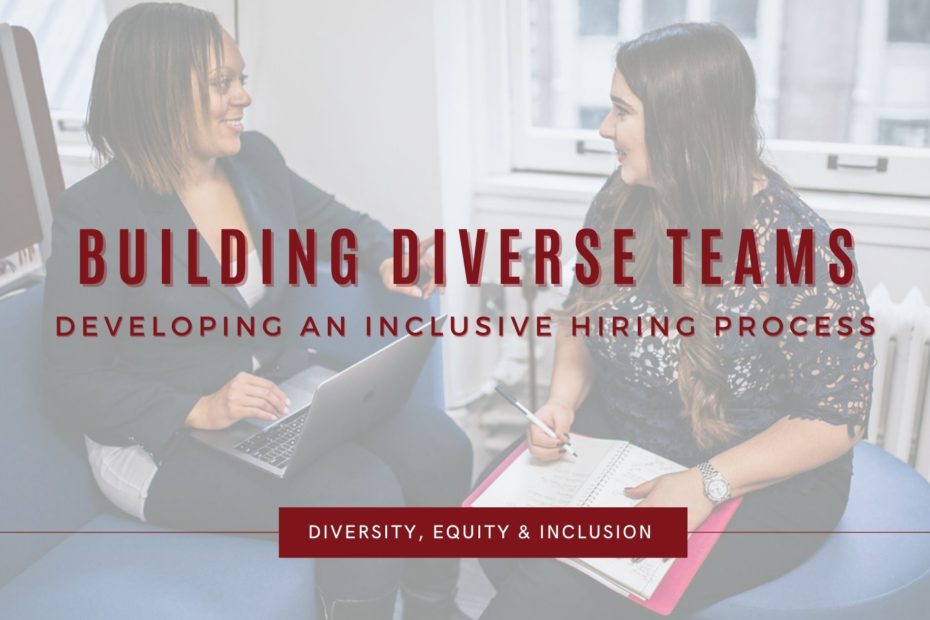Performative Action: How to Take Real Action on Social Issues
Over recent years, social activism appears to be increasingly normalized. However, 2020 was a historic year for social activism. Millions across the world joined together to fight for equality, justice, and reparations. Those included in the millions of people were many companies and organizations who expressed their solidarity on social media platforms and their websites. As companies announced where they stand on particular issues, they either took action, lacked the resources to implement action, or simply advertised their involvement to increase their social capital. The latter is defined as performative activism.
Countless employers may pledge to take a more active stance on inclusion efforts in recent years, however, it is more than likely for those promises to fizzle out. This blog addresses the meaning of performative activism as well as the why’s and how to take real action to contribute to real change.
Read More »Performative Action: How to Take Real Action on Social Issues


